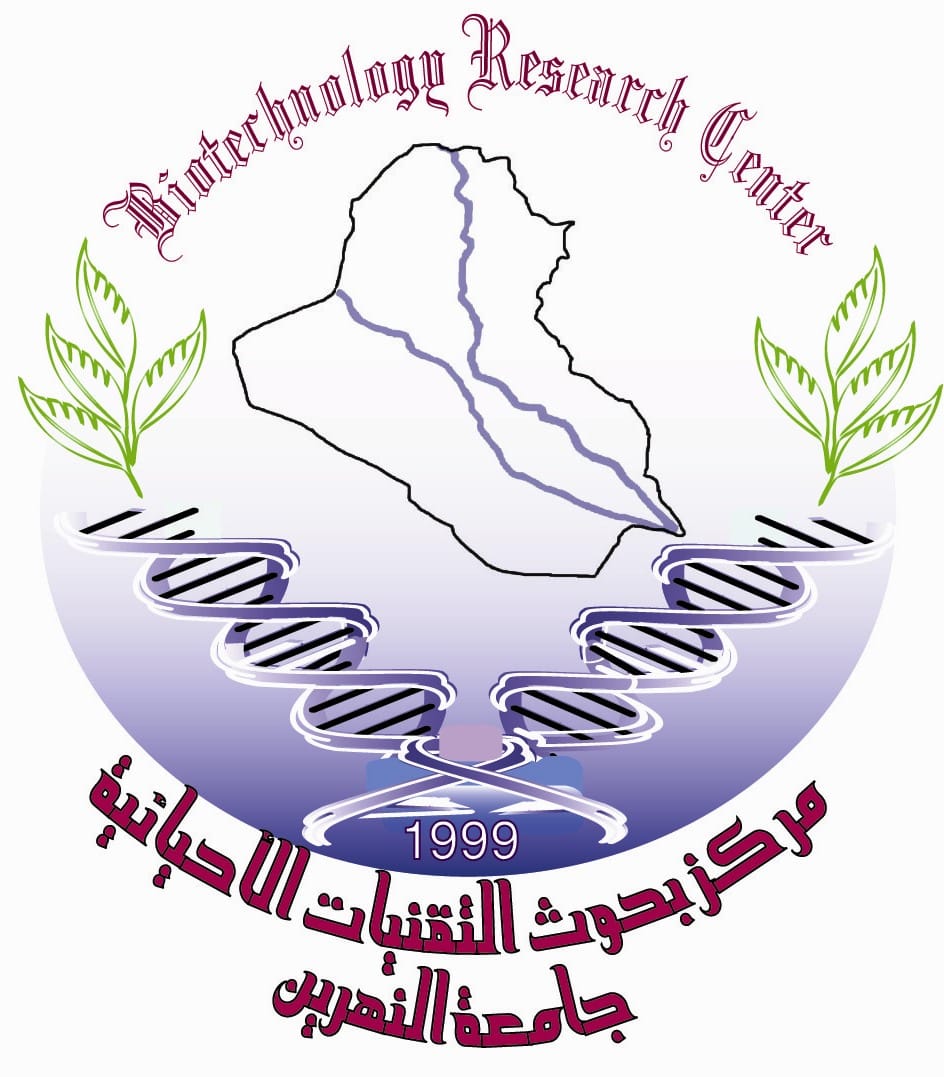Utilization of UV Rays to Induce Resistance against Fusarium solani Wilt Disease in Potato Plants
DOI:
https://doi.org/10.24126/jobrc.2017.11.2.513Keywords:
UVultrviol radiation, potato, Fusarium wiltsAbstract
The aim of this study is to induce resistance against Fusarium solani wilt disease in potato plants by utilization of UV rays. Results showed that the use of ultraviolet radiation with a wavelength of 254 nanometers to irradiate potato, category Bellini, produced (In vitro) at different periods 30, 60, 90 and 120 seconds resistance against the infection with Fusarium solani, which cause a Fusaristic disease of potato after conducting the artificial infection of the radiated and non – radiated plants after being adapted and transferred into the soil. The results also showed , after the passage of 7 days of artificial infection, that the radiation dose which is used for 90 second gave the highest rate of resistance against the disease depending on calculating the disease development rate (r), which gave the less value which is about 0.189 in comparison with the other time periods exposure. The results also showed the enzyme Phenylalanine Ammonia Layse (PAL)plant at duration of exposure to 90 second gave the highest concentration of the enzyme (PAL) reached T 44.4 units/ ml while the rate of the control reached to (38.5 unit/ ml) after seven days of contaminating with fungus pathogen.
Downloads
Published
How to Cite
Issue
Section
License
This is an Open Access article distributed under the terms of the creative commons Attribution (CC BY) 4.0 license which permits unrestricted use, distribution, and reproduction in any medium or format, and to alter, transform, or build upon the material, including for commercial use, providing the original author is credited.











